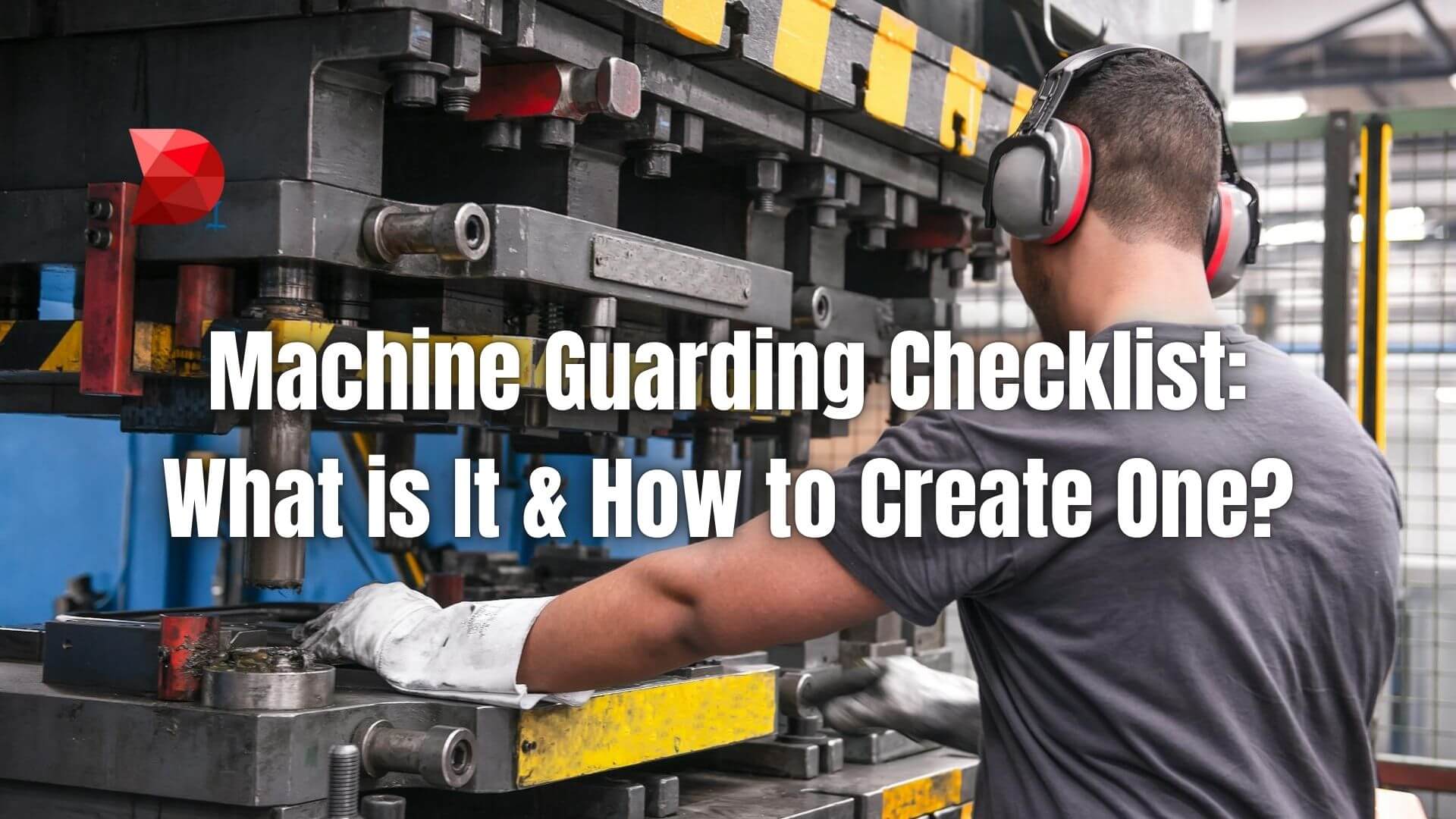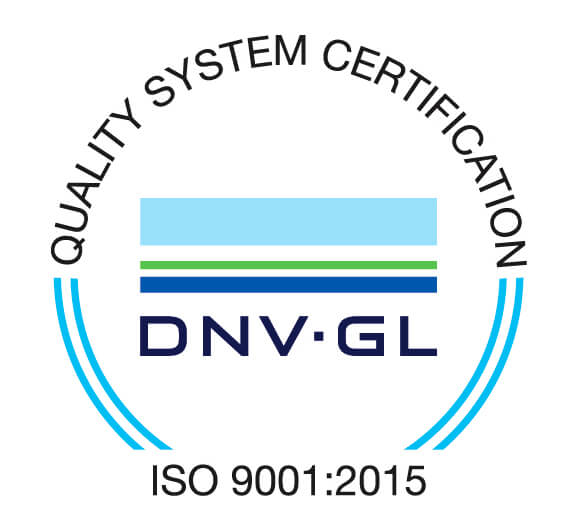Having machinery in the workplace can be incredibly helpful for productivity and efficiency. However, it’s essential to ensure that machinery is guarded properly so workers remain safe from potential hazards.
A machine guarding checklist is a great way to ensure machinery is up-to-date with safety regulations and protected from risks. This guide will provide an overview of a machine guarding checklist and explain how to create one for your business.
Table of Contents
ToggleWhat is Machine Guarding?
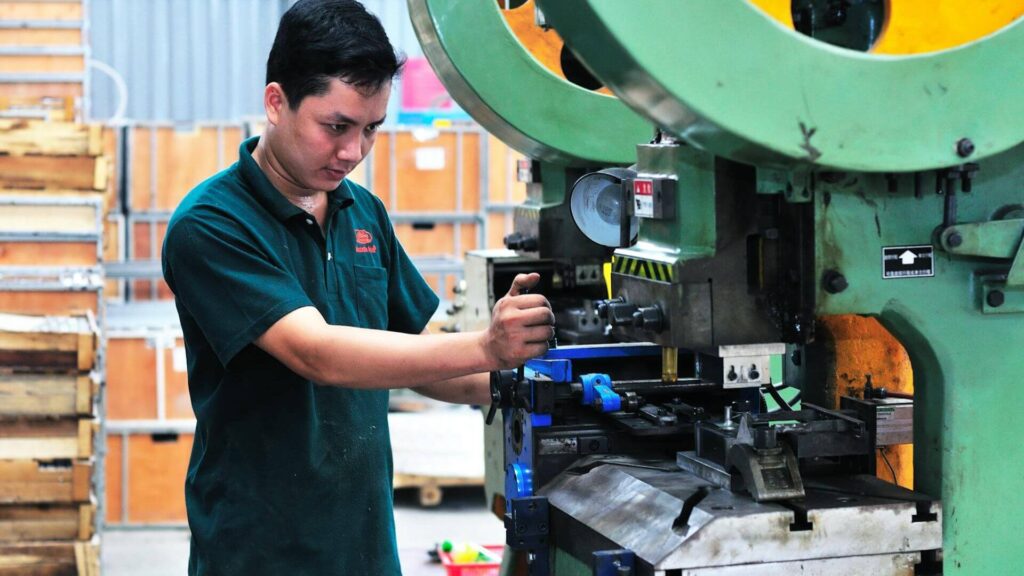
Machine guarding refers to safety devices or barriers installed on machinery to protect workers from hazards posed by moving parts. These safeguards prevent injuries ranging from minor cuts and burns to severe fractures, amputations, and crushing.
To ensure worker safety, government agencies like the Occupational Safety and Health Administration (OSHA) and equivalent regulatory bodies establish guidelines for machine guarding.
These standards cover the selection, installation, inspection, and maintenance of safety devices. By adhering to these regulations, industries can significantly reduce the risk of workplace accidents.
What is a Machine Guarding Checklist?
A machine guarding checklist is a document used to systematically inspect and evaluate the safety of machinery in a workplace. It serves as a guide for safety personnel to verify that machine guards are in place, functioning properly, and protecting workers from hazards. By using a checklist, companies can identify potential safety issues, ensure compliance with safety regulations, and reduce the risk of accidents and injuries.
The Significance of Machine Guarding
Machine guarding is crucial for preventing workplace injuries. Every year, thousands of workers suffer severe injuries, including amputations and fatalities, due to accidents involving machinery.
These incidents often occur when workers come into contact with hazardous machine parts or are struck by flying debris. Implementing and maintaining machine guards is essential to protect workers from these risks.
While machine guards are the primary defense, additional safety measures such as personal protective equipment (PPE) and thorough employee training are also vital for creating a safe working environment.
Machine Guarding Safety Best Practices
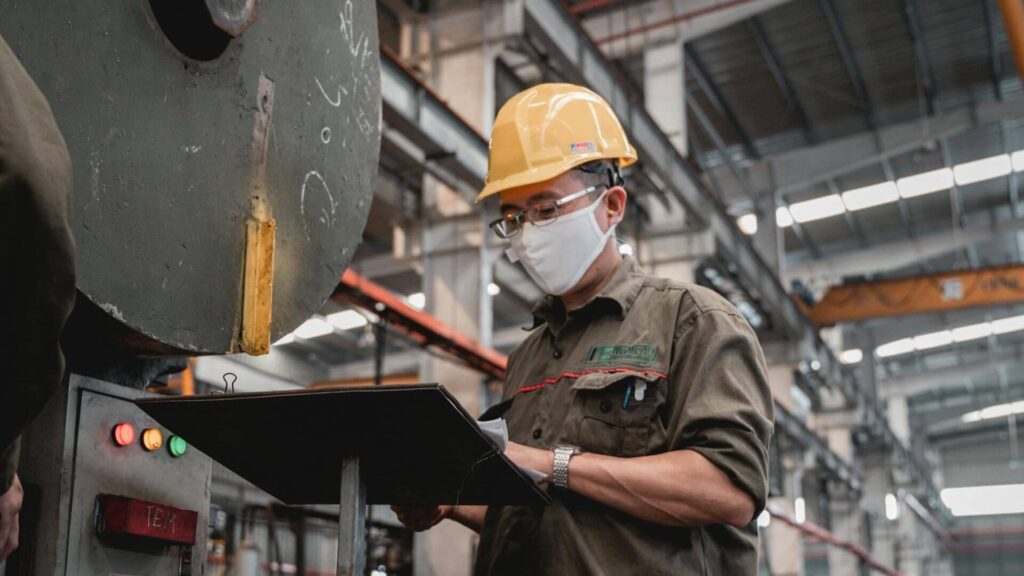
Employers have a responsibility to ensure a safe workplace, especially when machinery is involved. Here are essential safety practices for working with machine guards:
- Inspect Guards: Always verify that machine guards are in place and securely fastened before operating equipment.
- Proper Guard Placement: Machine guards should be positioned to prevent physical contact between workers and hazardous machine parts.
- Guard Strength: Ensure machine guards are sturdy and capable of withstanding normal operating conditions.
- Tamper Prevention: Implement measures to prevent workers from bypassing, removing, or disabling machine guards.
- Clearance: Install machine guards with sufficient clearance to prevent objects from falling into moving parts.
- Employee Training: Provide specific training to workers on the operation and safety features of each machine they use.
- Visibility: Machine guards should not obstruct the operator’s view of the work area.
- Maintenance: If possible, lubricate machinery without removing guards. Otherwise, follow lockout/tagout procedures.
- Guard Repairs: Assign a qualified person to promptly repair any detected defects in machine guards.
- Hazard Awareness: Train employees on the specific hazards associated with the machines they operate.
- Emergency Procedures: Regularly reinforce emergency procedures and response plans related to machine guarding through toolbox talks.
- Lockout/Tagout: Always follow lockout/tagout procedures before removing machine guards for maintenance.
- Regular Inspections: Conduct routine safety inspections using a machine guarding checklist to maintain a safe work environment.
Common Machine-Related Injuries
Machine accidents can result in a variety of injuries, including:
- Cuts, bruises, and lacerations: Caused by contact with sharp edges, moving parts, or materials.
- Fractures and amputations: Resulting from being caught in machinery or struck by moving parts.
- Burns and electric shocks: Caused by contact with hot surfaces, electrical components, or hazardous fluids.
- Eye injuries: Occurring from flying debris, chemical splashes, or exposure to intense light.
- Hearing loss: Caused by prolonged exposure to excessive machine noise.
Implementing effective machine guarding helps prevent these injuries by creating a barrier between workers and hazardous machine components. Additionally, machine guarding contributes to a safer and more efficient work environment.
What to Include in a Machine Guarding Checklist?
A comprehensive machine guarding checklist systematically evaluates machinery safety. It outlines specific inspection points to ensure guards are in place, functioning correctly, and protecting workers. The checklist typically covers machine identification, guard condition, safety device operation, and documentation.
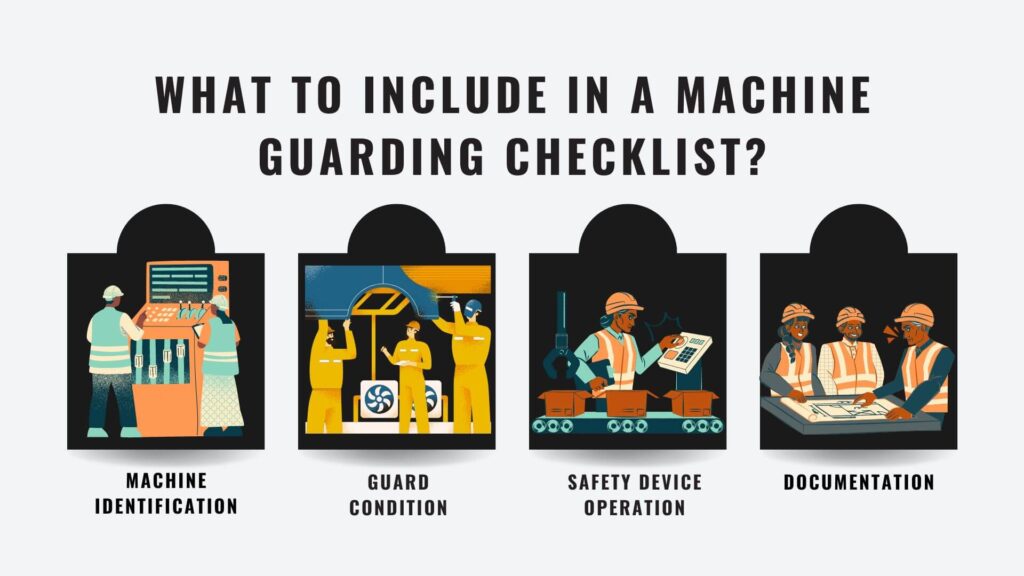
Machine Identification
- Clearly label each machine with an identification number or name.
- Verify machine type, model, and manufacturer.
- Document location within the facility.
Guard Condition
- Check for guard presence and completeness.
- Assess guard integrity for damage, wear, or missing parts.
- Verify guard alignment and proper fit.
- Ensure guards are securely fastened.
Safety Device Operation
- Test emergency stop buttons for functionality.
- Inspect interlock switches and presence sensors.
- Verify light curtains and other safety devices operate as intended.
- Check for proper calibration of safety devices.
Documentation
- Review previous inspection reports.
- Document current inspection findings and recommendations.
- Record corrective actions and completion dates.
- Maintain checklist history for trend analysis.
How to Create a Machine Guarding Checklist?
Creating a machine guarding checklist is a great way to ensure machinery safety at your workplace. Here are some steps to help you create a machine-guarding checklist:
- Review machine safety laws and regulations relevant to machinery used in your workplace
- Identify the different machinery in your workplace and create a list
- Create a machine-guarding checklist template with all the necessary items to be checked off
- Fill out the checklist for each machinery
- Distribute the machine guarding checklist to machine operators and train them on how to use it
- Set regular machine inspections and maintenance intervals
- Review the checklist regularly and update it as needed
- Ensure machine operators are trained in machinery operations and machine safety
- Reinforce machine safety practices by conducting regular safety meetings
By creating and following through with a machine guarding checklist, employers can ensure that machinery is properly guarded and that all machine safety regulations are followed. This will help to protect workers from potential harm due to machine malfunctions or accidents.
Frequently Asked Questions (FAQs)
Q1: How often should a machine guarding checklist be completed?
The frequency of machine guarding checklist completion depends on several factors, including the type of machinery, its usage, and the level of risk associated with it. Generally, high-risk machinery should be inspected more frequently, perhaps weekly or even daily. Less hazardous machines might require monthly or quarterly inspections. Establishing a schedule based on a thorough risk assessment is essential.
Q2: Who should be responsible for completing the machine guarding checklist?
Ideally, a designated safety officer or a trained individual familiar with machine safety should be responsible for completing the checklist. However, it’s crucial to involve machine operators in the process. Their firsthand knowledge of the equipment can provide valuable insights. Involving them also fosters a safety culture within the workplace.
Q3: How can I ensure that the machine guarding checklist is effective in preventing accidents?
To maximize the effectiveness of a machine guarding checklist, it’s essential to:
- Tailor the checklist to the specific machines in your workplace.
- Provide clear and detailed instructions for completing the checklist.
- Implement corrective actions promptly after identifying issues.
- Regularly review and update the checklist to reflect changes in machinery or regulations.
- Conduct training for employees on the importance of machine guarding and the use of the checklist.
Q4: What should I do if a machine fails a machine guarding checklist inspection?
If a machine fails a checklist inspection, it should be immediately taken out of service until necessary repairs or replacements are made. Document the issue, assign responsibility for corrective action, and establish a timeline for completion. Once the problem is resolved, the machine should be re-inspected to ensure it meets safety standards before resuming operation.
Q5: How can I integrate machine guarding checklists into our overall safety management system?
Machine guarding checklists should be a component of a broader safety management system. They can be integrated into regular safety audits and inspections. The data collected from checklists can be used to identify trends, prioritize safety initiatives, and measure the effectiveness of safety programs. It’s essential to communicate inspection results and corrective actions to all relevant personnel.
Q6: What are the potential consequences of neglecting machine guarding checklists?
Neglecting machine guarding checklists can lead to serious consequences, including:
- Increased risk of workplace accidents and injuries
- Compliance violations and potential fines
- Damage to equipment and property
- Lower employee morale and productivity
- Negative impact on the company’s reputation
Conclusion
A well-structured machine-guarding checklist is instrumental in safeguarding workers from machine-related injuries. By systematically inspecting machinery and identifying potential hazards, you can significantly reduce the risk of accidents and create a safer work environment.
This article aimed to provide a comprehensive understanding of machine guarding checklists, including their importance, components, and creation process. Armed with this knowledge, you can develop effective checklists tailored to your specific workplace needs.
Remember, a machine-guarding checklist is not a static document. Regular review and updates are essential to ensure its effectiveness. By consistently implementing and improving your checklist, you’re taking proactive steps to protect your employees and comply with safety regulations.
Streamline Machine Guarding Inspections with DATAMYTE
DATAMYTE is a quality management platform with low-code capabilities. Our Digital Clipboard, in particular, is a low-code workflow automation software that features a workflow, checklist, and smart form builder. This tool lets you create and utilize a detailed machine guarding checklist, ensuring that all safety measures are consistently inspected and maintained.
DATAMYTE also lets you conduct layered process audits (LPA), a high-frequency evaluation of critical process steps, focusing on areas with the highest failure risk or non-compliance. Conducting LPA with DATAMYTE lets you effectively identify and correct potential defects before they become major quality issues.
With DATAMYTE, you have an all-in-one solution for improving the efficiency and effectiveness of your machine guarding inspections, from checklist creation to real-time monitoring and corrective actions. Book a demo now to learn more.

